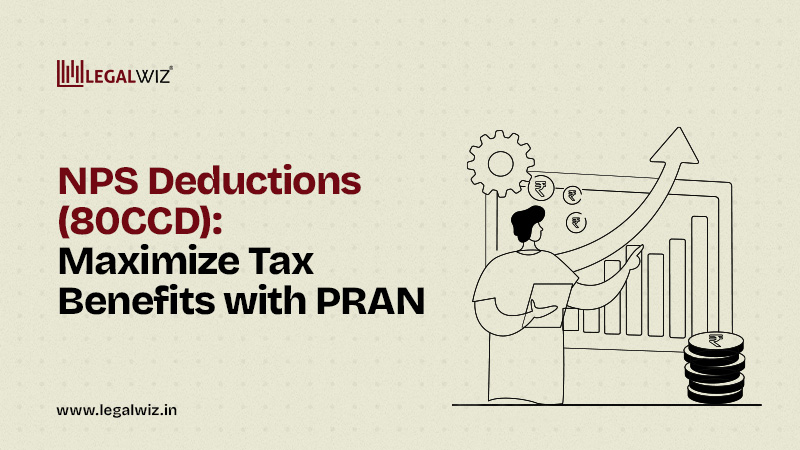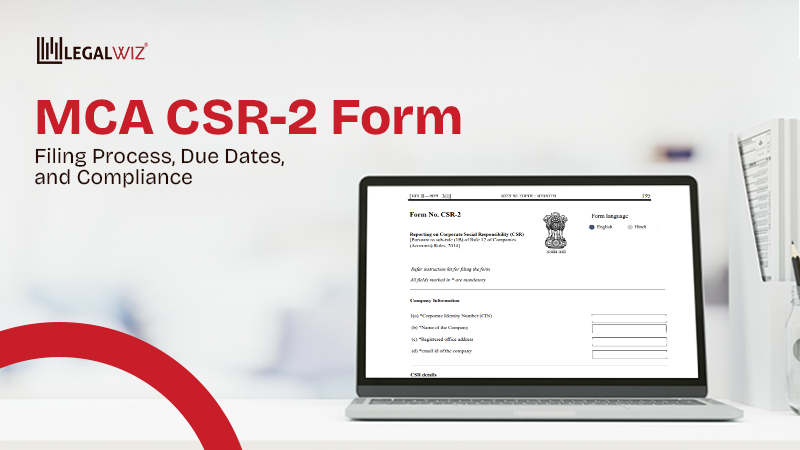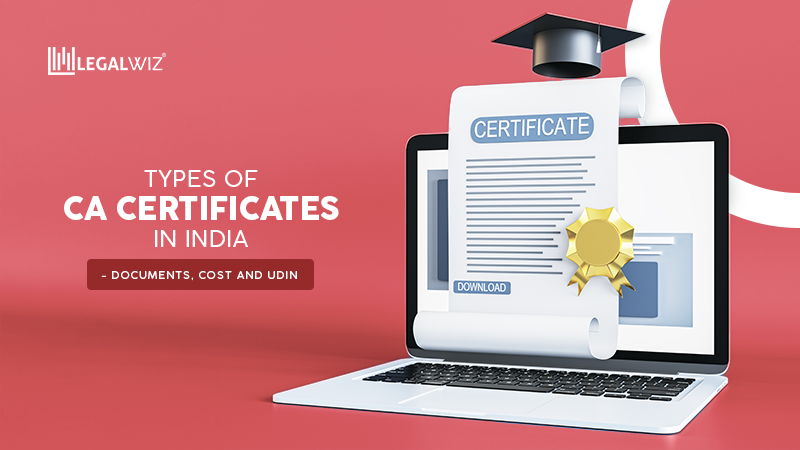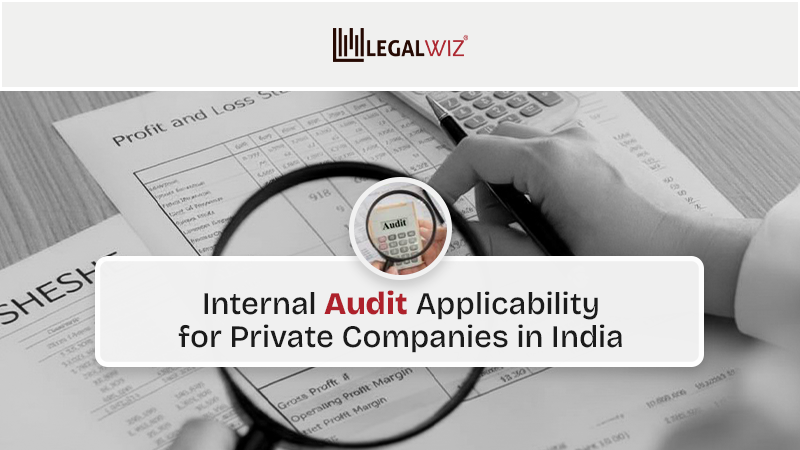NPS Deductions (80CCD): Maximize Tax Benefits with PRAN
Retirement might feel like a distant galaxy, but your tax-saving strategy doesn’t have to travel that far!
The National Pension System (NPS) is more than just a retirement fund. It’s a smart way to grow your nest egg while reducing your tax liability under Section 80CCD, and it plays a key role when filing your income tax return. Unlike other savings options, NPS offers a dual benefit: your money compounds over the long term, and the government rewards you for planning ahead.
By the end of this guide, we’ll break down the NPS deduction section to show exactly how to maximize deductions, make your PRAN work for you, and take full advantage of both personal and employer contributions. Plus, if you want to understand how these deductions fit into the bigger picture of ITR, check out this handy guide on tax deductions & saving strategy from 80C to 80U. That way, your future self can relax, knowing you played it smart today.
1. What is NPS & Why It’s a Tax-Saver
The National Pension System (NPS) is a government-backed retirement scheme designed to help you build a steady corpus for your golden years. Whether you’re a salaried employee or self-employed, NPS ensures your future finances are secure while giving you tax benefits today.
Here’s the magic: NPS offers a dual benefit, your contributions grow over time through market-linked investments, and you get tax deductions under Section 80CCD. Think of it as a money tree in your backyard, quietly growing over the years, while Taxman rewards you for planting it.
With NPS, you’re not just saving for retirement, you’re saving taxes and letting your money work smarter, not harder. To see how NPS fits into the new income tax regime for 2025–26, check out this guide for a complete overview.
2. Breaking Down Section 80CCD
Section 80CCD is the heart of NPS tax benefits, designed to reward both your contributions and your employer’s support. Understanding its layers ensures you maximize deductions efficiently.
If you’ve ever asked “NPS deduction under which section”, this is it, Section 80CCD, which includes 80CCD(1), 80CCD(1B), and 80CCD(2). Knowing this helps you plan contributions effectively and claim all eligible deductions.
2.1 80CCD(1): Personal Contributions
- Covers contributions you make to your NPS account.
- Deduction limit: up to ₹1.5 lakh per financial year, counted within the overall Section 80C ceiling.
- For salaried individuals, the deduction is 10% of salary (basic + DA). For self-employed professionals, it’s 20% of gross income.
2.2 80CCD(1B): Additional Deduction
- Introduced to encourage extra retirement savings, this allows an additional ₹50,000 deduction beyond the 80C limit.
- It’s fully exclusive of the ₹1.5 lakh cap, making it a powerful tool for boosting tax savings while increasing your retirement corpus.
2.3 80CCD(2): Employer Contributions
- Applies to contributions your employer makes on your behalf.
- Deduction limit: 10% of salary (basic + DA), separate from your personal contribution limits.
- Even if you’ve exhausted your 80C and 80CCD(1B) limits, employer contributions continue to offer a tax-saving advantage.
Think of 80CCD as a three-layered cake: your personal slice, the bonus layer, and your employer’s topping, all together lowering your taxable income while building a robust retirement fund.
And if you’re planning your filings around these deductions, it’s worth keeping track of key dates and deadlines with the ITR filing last date for FY 2024–25.
3. PRAN: Your NPS Identity Card
The Permanent Retirement Account Number (PRAN) is your unique ID for the National Pension System. Think of it as the key that unlocks all NPS benefits; you can’t invest, track, or claim tax deductions without it.
What makes PRAN especially handy:
- Portability: Switch jobs or locations? Your PRAN moves with you. It’s one account for life, no matter how many employers you work for.
- Long-Term Tracking: Every contribution, investment choice, and growth detail is linked to this number, giving you a clear picture of your retirement corpus anytime.
Fun way to remember it: “Your PRAN follows you like a loyal pet—always there, never lost.”
Having a PRAN ensures that your NPS investments are properly recorded and your tax benefits under Section 80CCD are easily claimed year after year.
For a smooth filing experience and to ensure your deductions are properly applied, it helps to understand how filing ITR works in practice with our ITR-1 to ITR-7 form guide.
4. Old vs New Tax Regime: How NPS Fits In
Understanding how NPS deductions work under the two tax regimes can help you plan contributions strategically. Here’s a simple comparison:
| Feature | Old Regime | New Regime |
| 80CCD(1) – Personal Contribution | Deduction available (up to ₹1.5 lakh) | Not allowed |
| 80CCD(1B) – Additional ₹50,000 | Deduction available | Not allowed |
| 80CCD(2) – Employer Contribution | Deduction available (up to 10% of salary) | Deduction available (same as old) |
Pro Tip: Maximise your personal contributions before switching to the new regime—every rupee counts toward a fatter retirement fund and lower taxes!
This comparison highlights why NPS is mighty under the old regime, but even under the new regime, employer contributions still give a neat tax benefit. It can help to understand how the choice of tax regime affects your filings and deductions with Tax Regime Comparison 2025: Old vs New Regime.
5, Real-Life Scenario: How NPS Saves Taxes
Let’s put theory into action with a quick example:
Meet Rohan, a 30-year-old salaried professional. He contributes the full ₹1.5 lakh under 80CCD(1) and claims the additional ₹50,000 under 80CCD(1B). His employer also contributes 10% of his salary under 80CCD(2).
Impact:
- Total tax-deductible NPS contributions = ₹2,00,000 (personal + bonus) + employer contribution.
- Result: Rohan saves around ₹60,000 in taxes this year, all while steadily building his retirement corpus.
Self-employed scenario: Priya, a freelancer, contributes 20% of her gross income to NPS and claims both 80CCD(1) and 80CCD(1B). Even without employer contributions, she reduces her taxable income significantly while growing a secure retirement fund.
Fun takeaway: With NPS, saving for retirement and cutting taxes happen simultaneously, like a double espresso shot for your finances!
And if you’re a freelancer like Priya and curious about how to file your ITR correctly, check the detailed guide to filing income tax for freelancers in India.
6. Tips & Tricks to Maximize NPS Benefits
Getting the most from NPS isn’t just about contributing—it’s about contributing smartly. Here’s how:
- Always claim 80CCD(1B) – That extra ₹50,000 deduction is your magic tax-saving boost. Don’t leave it on the table!
- Coordinate with employer contributions – Track 80CCD(2) and ensure it complements your personal contributions for maximum impact.
- Start early – Time is your best friend. Early contributions let compounding grow both your savings and retirement corpus over decades.
- Use PRAN wisely – One number for life. Keep it active and updated, so all contributions and deductions are seamlessly recorded.
Pro tip: Combining these strategies can make your NPS account a powerful tax-saving engine and retirement booster at the same time.
By following these tips, you can make your NPS contributions work harder for you—both in building your retirement corpus and lowering your taxable income. To see how these strategies actually impact your tax savings and ITR filing, check the benefits of filing ITR.
Final Takeaway
The National Pension System (NPS) is more than just a retirement plan—it’s a powerful tax-saving tool that rewards disciplined saving. By leveraging Section 80CCD and actively using your PRAN, you can unlock deductions—and don’t forget to file your ITR to claim these benefits!
- Lower your taxable income significantly, including extra benefits under 80CCD(1B).
- Build a robust retirement corpus that grows over time through market-linked investments.
- Benefit from employer contributions, adding another layer of tax efficiency and wealth creation.
Time is your ally; the earlier you start contributing, the more your money compounds, and the greater your tax advantage.
Pro tip: Don’t just wait until year-end to think about deductions—plan strategically throughout the year to maximize NPS benefits.
For hassle-free guidance on claiming NPS deductions, filing ITR, or optimizing your tax strategy, LegalWiz.in is your go-to partner. Get expert advice, step-by-step support, and ensure every rupee of your contribution works to your advantage.
Take action today—secure your future and save on taxes with NPS, backed by expert guidance from LegalWiz.in.
Frequently Asked Questions
Can I contribute if I change jobs?
Absolutely! Your PRAN stays with you for life, so you can continue contributing to your NPS account even if you switch employers. It’s fully portable.
Is PRAN compulsory for everyone?
Yes! Without a PRAN, you can’t open an NPS account or claim NPS deductions under Section 80CCD. Think of it as your NPS ID—it tracks all contributions and tax benefits.
Can NRIs claim 80CCD?
Yes, NRIs can contribute to NPS and claim tax benefits under Section 80CCD for the amount eligible as per the rules. Check yearly limits and submission requirements to ensure compliance.
What if my employer doesn’t contribute (80CCD 2)?
No worries! You can still save taxes by contributing under 80CCD(1) and claiming the additional 80CCD(1B) ₹50,000 deduction. Employer contribution under 80CCD 2 is just an added bonus.
NPS deduction section – which section covers it?
Wondering “NPS deduction under which section”? All NPS tax benefits fall under Section 80CCD, with sub-sections 1, 1B, and 2 covering personal contributions, bonus deductions, and employer contributions, respectively.

Sapna Mane
Sapna Mane is a skilled content writer at LegalWiz.in with years of cross-industry experience and a flair for turning legal, tax, and compliance chaos into clear, scroll-stopping content. She makes sense of India’s ever-changing rules—so you don’t have to Google everything twice.







